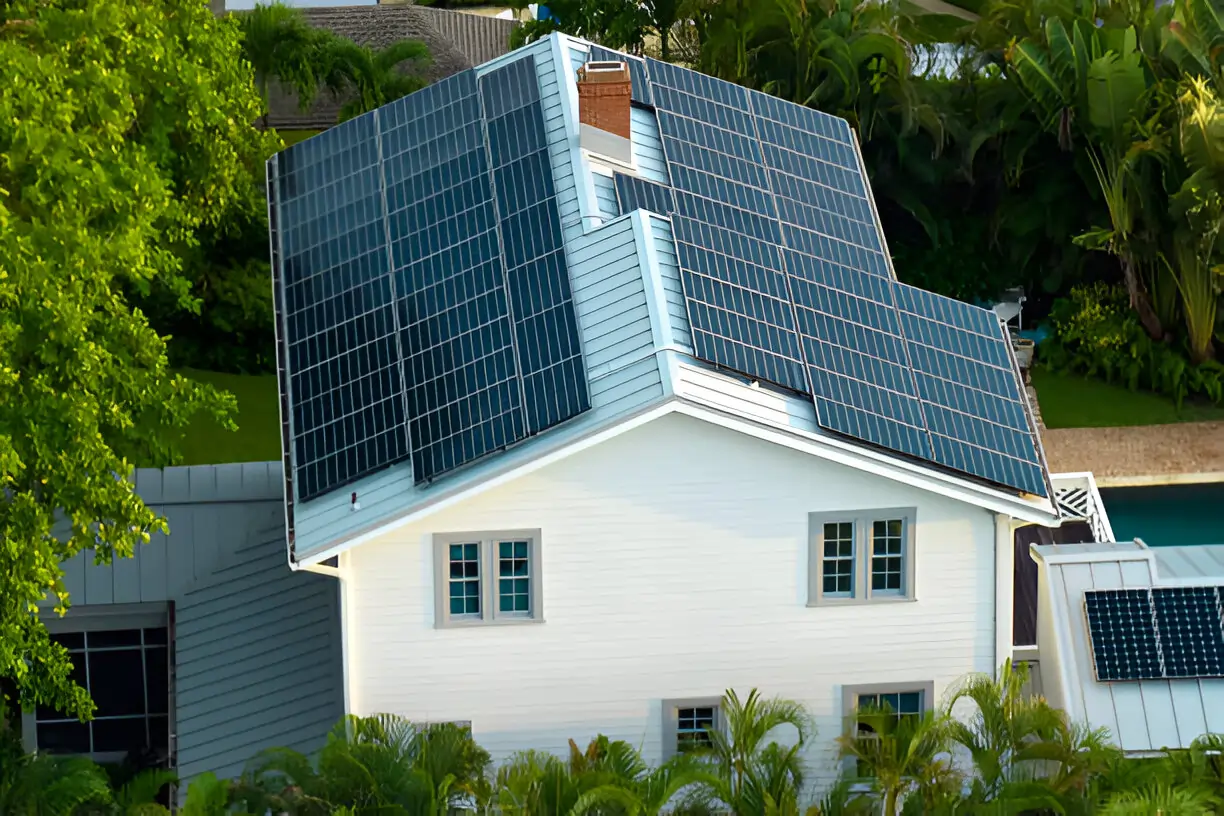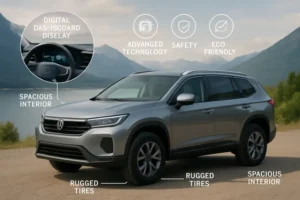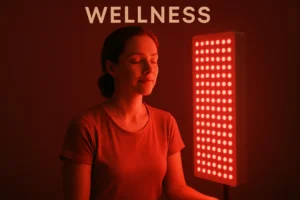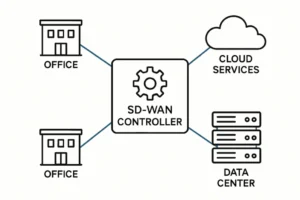Home solar panels are no longer reserved for those with deep pockets or niche interests in sustainability. They have quickly become a mainstream solution for homeowners who want to save on energy bills, reduce reliance on traditional power grids, and make eco-friendly choices. Thanks to advancements in technology and increasing financial incentives, more households are incorporating solar panels into their energy strategy.
Understanding Solar Panel Basics
If you’re new to solar energy, understanding how solar panels work is the best place to start. They might seem like magic at first glance, but their technology is surprisingly straightforward once you break it down.
Types of Solar Panels
There are three primary types of solar panels to consider when outfitting your home with renewable energy solutions:
- Monocrystalline Panels
These high-efficiency panels are perfect for homeowners who want maximum energy output from a smaller roof. Their sleek black appearance also appeals to those who prioritize aesthetics.
- Polycrystalline Panels
Slightly less efficient than monocrystalline panels, these are a cost-effective option suitable for homes with larger roofs, where space is less of a constraint.
- Thin-Film Panels
Lightweight and flexible, thin-film panels are less efficient but can be a good solution for rooftops that cannot support heavy installations.
How Solar Panels Work
Solar panels capture sunlight and convert it into usable electricity. The key components include:
- Solar Cells: These absorb sunlight and generate direct current (DC) electricity.
- An Inverter: Converts DC into alternating current (AC), which is what powers most household appliances.
- A Meter: Tracks how much energy your solar system produces and uses.
Understanding how these components work together can help you appreciate what goes into making your home solar-powered.
Maximizing Energy Production
Simply installing solar panels isn’t enough to ensure high energy output. Their efficiency depends on several factors, including placement, angle, and regular maintenance.
Optimal Placement and Angle
- Direction
The ideal direction for solar panels in homes located in the Northern Hemisphere is south, as it maximizes sunlight exposure throughout the day.
- Angle
The tilt of the solar panels should align with your location’s latitude for optimal efficiency. Flat roofs? Don’t worry! Adjustable mounts can help achieve the correct angle.
Reducing Shade Effects
Even partial shading can impact energy productivity. Trim overhanging branches, and plan your panel placement carefully to avoid areas that cast shadows during peak sunlight hours.
Regular Maintenance
Dust, debris, and dirt can reduce solar panel efficiency significantly. Set up a cleaning schedule every 6–12 months to ensure your panels operate efficiently. This is also a good time to inspect for any damage or wear and tear. Partnering with solar power companies in Utah can be beneficial, as they often provide professional maintenance and monitoring services to maximize performance.
Energy Storage Solutions
To truly make the most out of your solar panels, energy storage is key. Without storage, excess energy generated by your panels during peak sunlight hours goes back into the grid (or is wasted).
Solar Batteries
Solar batteries store energy for later use. This means you can draw power from your battery during nighttime or cloudy days instead of relying on utility companies.
Common Battery Types:
- Lithium-Ion Batteries
These are the most popular due to their efficiency and lifespan. They are compact, making them ideal for residential setups.
- Lead-Acid Batteries
An older and less expensive option, but they take up more space and have shorter lifespans.
- Flow Batteries
Ideal for larger-scale storage, but they are still relatively new and pricey for most residential systems.
Backup Generators
For homeowners in areas prone to power outages, integrating a backup generator with your solar batteries can further improve your energy independence.
Financial Incentives and Savings
Perhaps one of the most appealing factors of going solar is the long-term savings potential. Investing in solar isn’t just good for the planet; it’s great for your wallet.
Tax Credits and Rebates
Federal tax credits, commonly known as the Investment Tax Credit (ITC), allow homeowners to deduct a portion of their solar installation costs from their federal taxes. Many states and municipalities also provide regional incentives and rebates.
Lower Energy Bills
Once installed, solar panels begin to noticeably reduce home energy costs. For some homeowners, the reduction can reach up to 70–80% of their monthly energy bills. This amount depends on how much solar energy your panels produce and how much energy your household consumes.
Increasing Property Value
Homes equipped with solar panels often sell faster and at a higher value compared to similar homes without solar installations. Buyers recognize solar as a long-term financial advantage.
Conclusion
Switching to solar energy isn’t just about saving money or powering your home more efficiently. It’s about investing in a sustainable future. The global shift toward renewable energy is a movement we can all contribute to, starting at home. Are you ready to leap into solar living? By understanding how solar panels work, maximizing their efficiency, and utilizing modern energy storage and financial incentives, you can fully optimize the benefits of your investment.
Read more: Dream99 – Next-Gen Platform for Dreamers – Croudmomentum.com
Measuring Success: SEO Metrics Every Crypto Marketer Should Track
Guide to Boat Storage Jacksonville Beach – Croudmomentum.com








